
What is Precision Teaching in ABA?
Share
Overview
Precision teaching is a system of teaching used in Applied Behavior Analysis (ABA) that utilizes exact measurements and data to guide instruction and curricula choices. It was developed by Ogden Lindsley during the 1960s (Lindsley, 1992). The main form of data collection used during precision teaching is frequency, with frequency being the number of times that a behavior occurred (count) during a specific time interval. For example, if a behavior occurred 30 times in three minutes, that would be a rate of 10 per minute. This is plotted on a Standard Celeration Chart, which allows the teacher or clinician to make rapid decisions regarding how the skill in question is being taught.
Guiding Principles
Precision teaching is guided by the following key points:
- Pinpoint the behavior(s): Pinpointing behavior involves creating an exact operational definition of the behavior in question so that that specific behavior can be targeted effectively during teaching. An example of an operational definition for writing behavior would be picking up a pencil in the dominant hand, placing the pencil to the paper and make letters and words using movements of the hand and wrist.
- Always observe behaviors: When doing precision teaching, it is better to take data in short windows (e.g. every five to ten minutes) in order to be as accurate as possible. Using a longer observation period can lead to more mistakes and less informative data. Short periods allow you to take more accurate behavior data, which results in better curricular and teaching decisions.
- Precise measurement: Behavior data should, ideally, be taken using a count and time approach for the greatest level of accuracy rather than just frequency or just duration by themselves. Using both frequency and duration together help maximize the accuracy and validity of the collected data.
- Make use of the Standard Celeration Chart (SCC): The SCC is a precise tool that allows the teacher or clinician to both visually and quantitatively display behavioral data in relation to the teaching strategies that are being utilized, thereby allowing them to make rapid teaching and treatment decisions. You can purchase paper copies of the SCC at Behavior Research Company. Unfortunately, they do not offer free or printable copies of the Standard Celeration Chart.
Thankfully, a free alternative to the SCC has been developed by Dr. Chad Kinney. It is called a standard behavior graph and you can download a free copy here. In a recent research study, the standard behavior graph was shown to be equivalent or superior to the SCC in daily practice.

Key to Success
As we know, at the heart of every successful ABA intervention is the data. This is paramount in precision teaching as well, but what is paramount in precision teaching is the idea that the “learner knows best.” The learner is the expert on which strategies work best for them, so make sure that you’re always listening to your learner. If a particular strategy isn’t working, review your data and what your learner has communicated to you. From there, make the necessary changes until you and your learner figure out what works best. You should also make sure that you are effectively utilizing reinforcement. Check out our series on identifying reinforcers for students through preference assessments.
Customer Favorites From Our Store
What Can I Use Precision Teaching For?
Precision teaching is a technique that can be used with any child or adult. It is most useful for any skills that require fluency. Fluency is demonstrated when a skill is carried out rapidly and correctly with minimal, if any, hesitation. For example, a teacher or parent could use precision teaching to help a child master vocabulary. One great tool for precision teaching is our First Nouns Picture Flashcards. The pictures are clear and easy to identify for children working on fluency.
To use precision teaching with our cards, set aside a stack of 20 or 30 pictures. Then, set a timer for a short period of time, such as 12 seconds, and then have the child go through the vocabulary as fast as possible. If the child doesn’t know a term, tell them to say “pass” and keep going. True mastery will occur when the child is able to get through the flashcards both fluently and accurately.
References
Lindsley, O. (1992). Precision teaching: Discoveries and effects. Journal of Applied Behavior Analysis, 25(1), 51 – 57.
Kinney C.E.L, Begeny J.C., Stage S.A., Patterson S., Johnson A. (2020) Three alternatives for graphing behavioral data: A comparison of usability and acceptability. Behavior Modification.
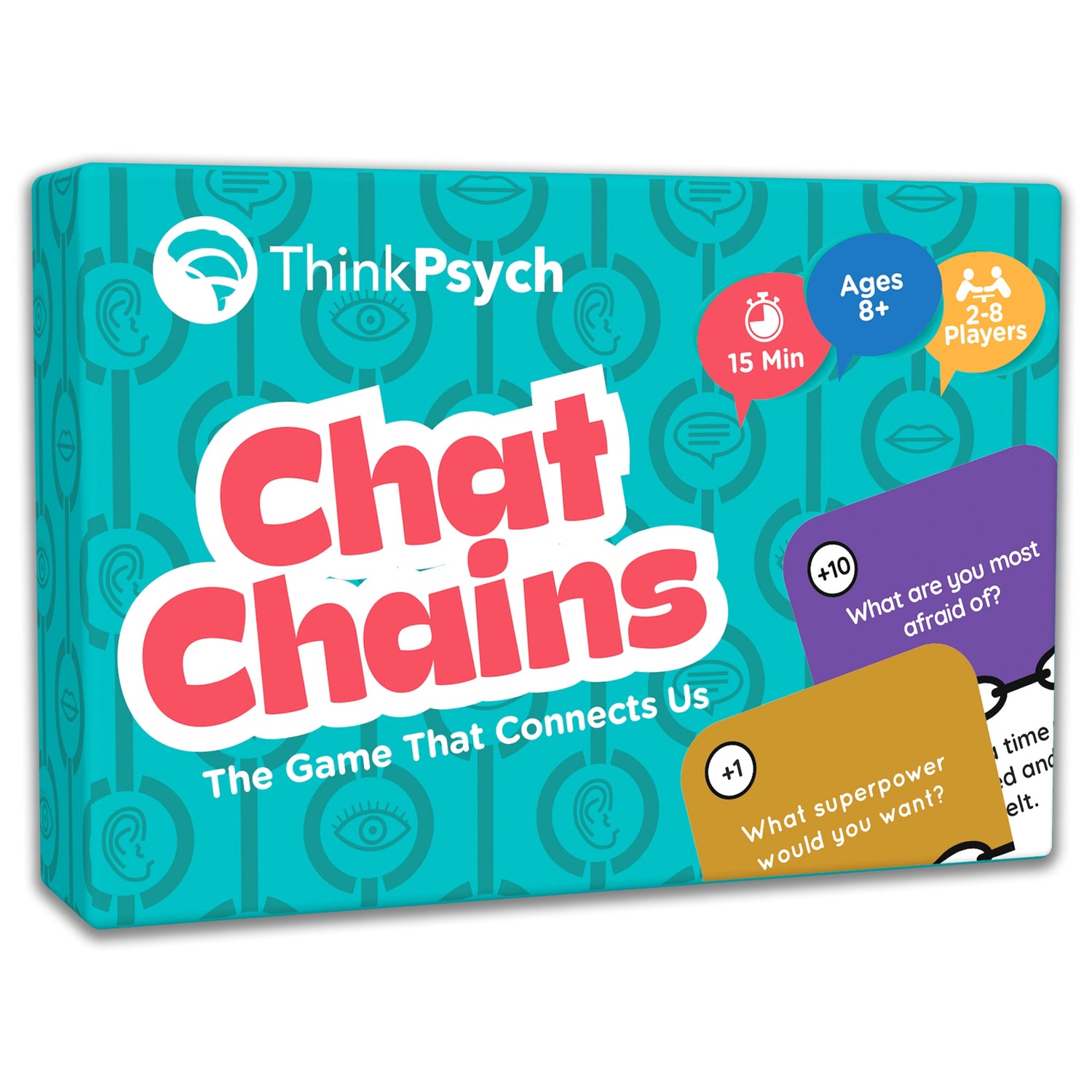

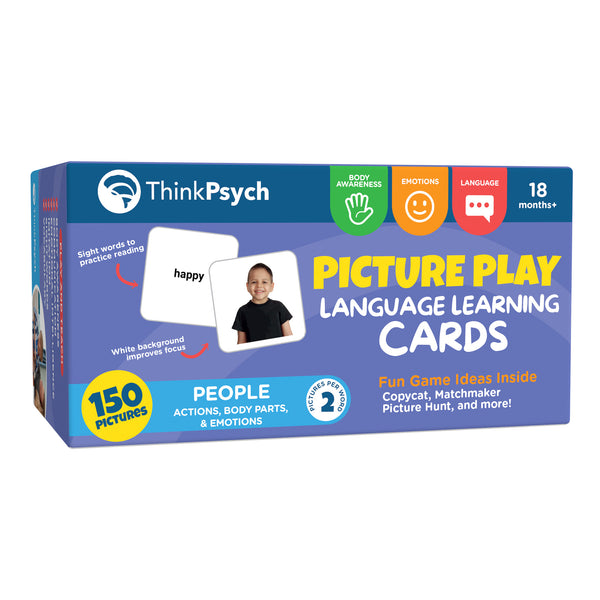
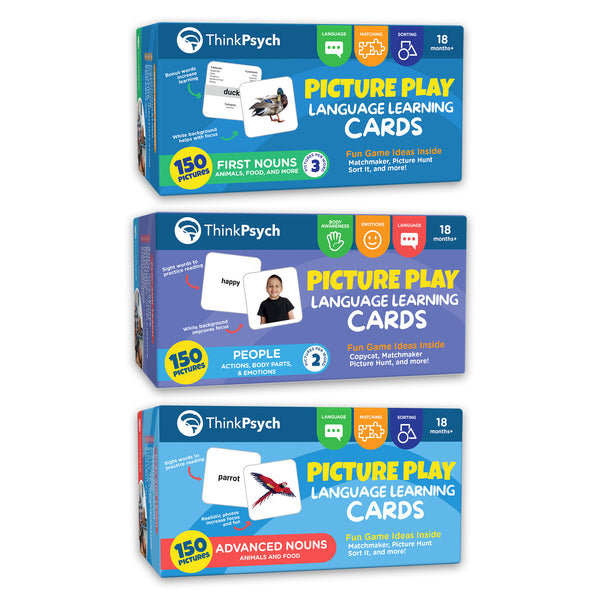
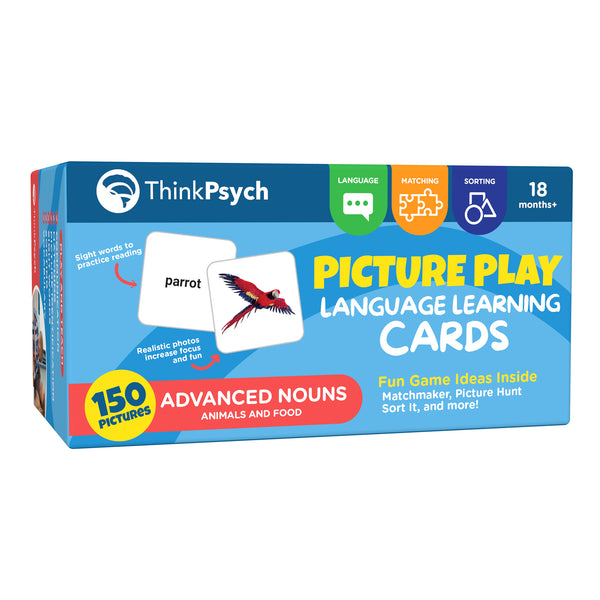
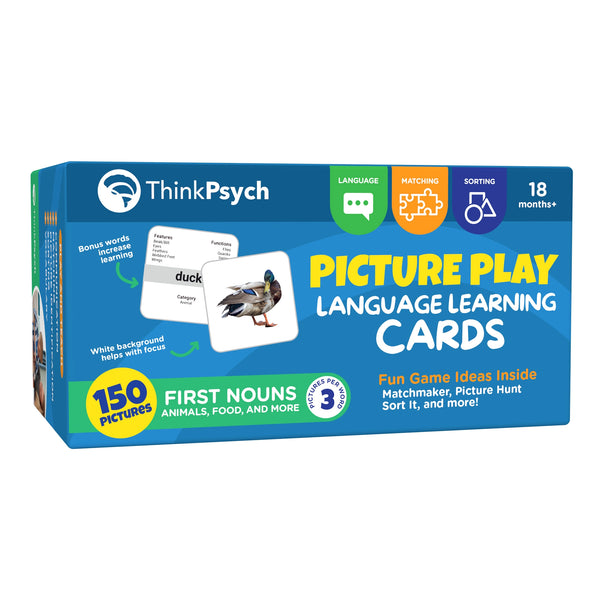
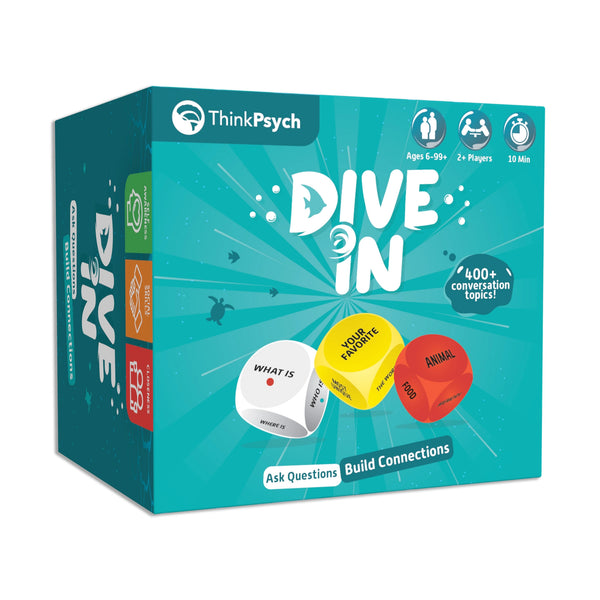
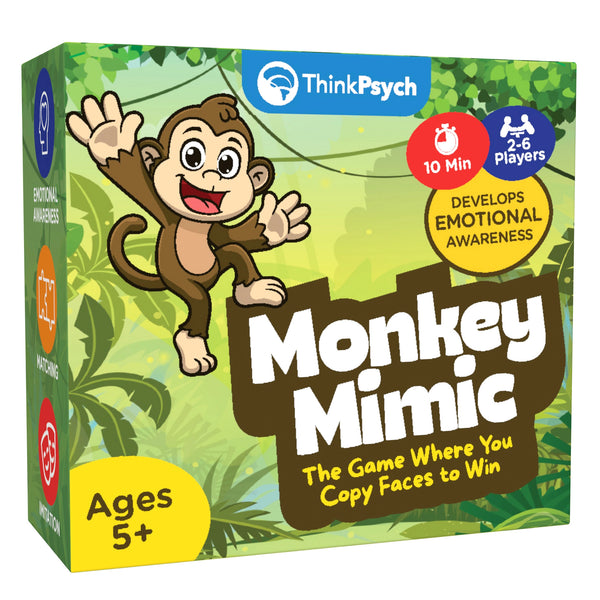
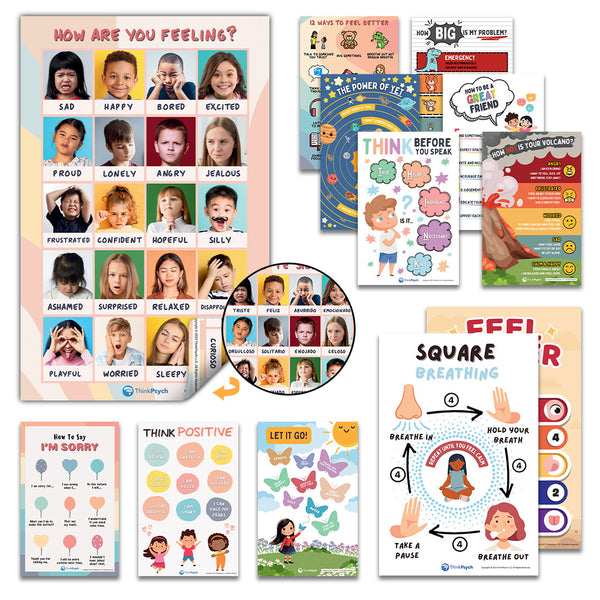
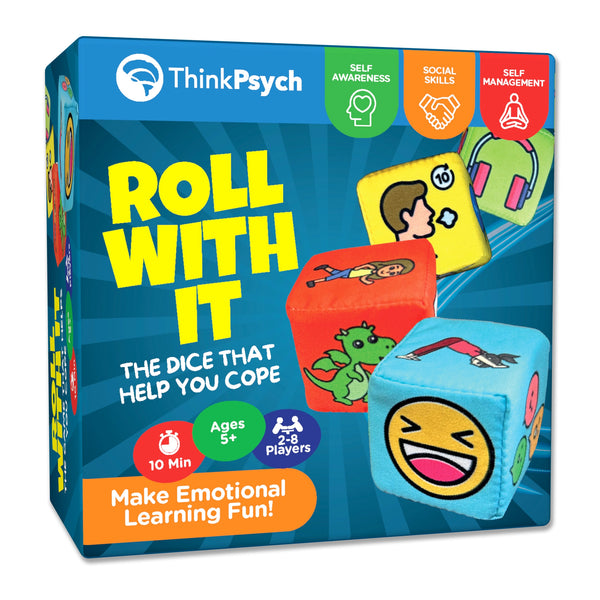
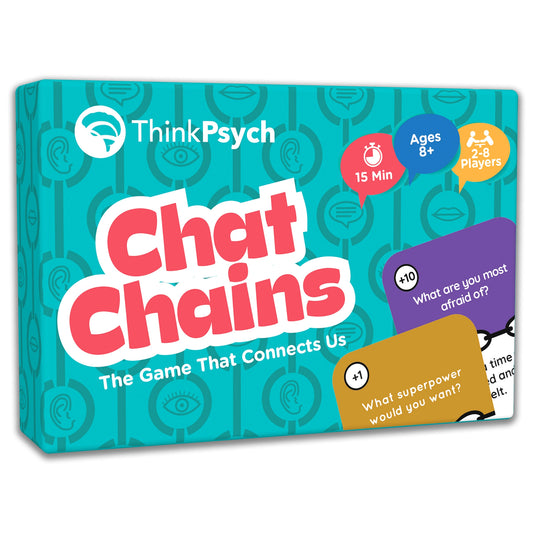

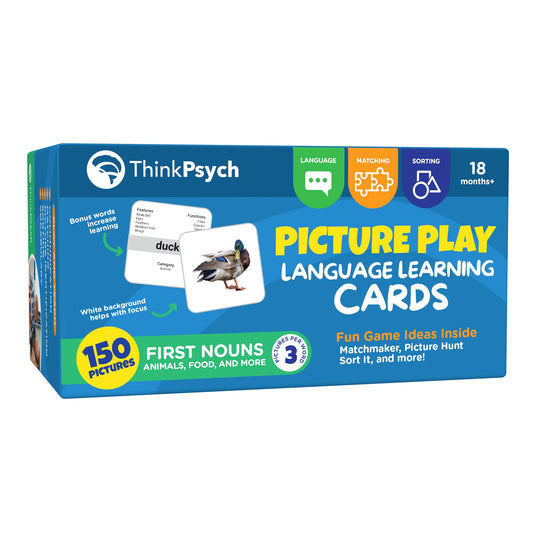

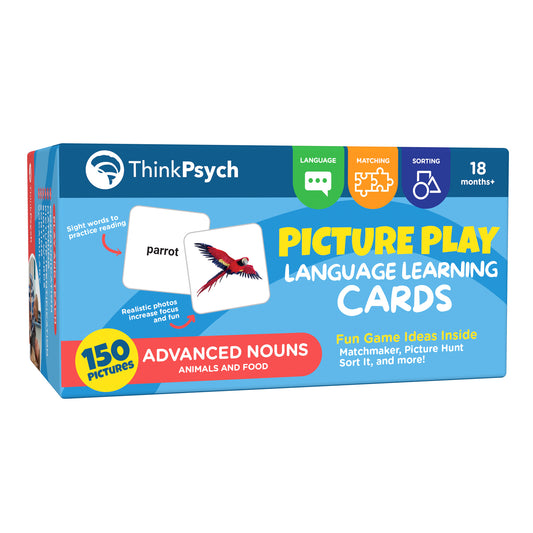

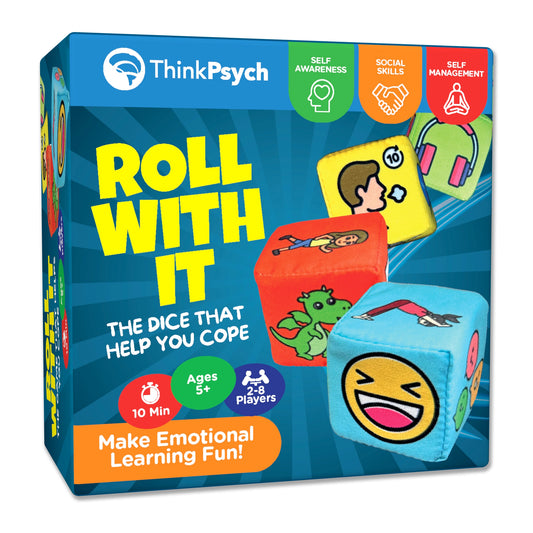

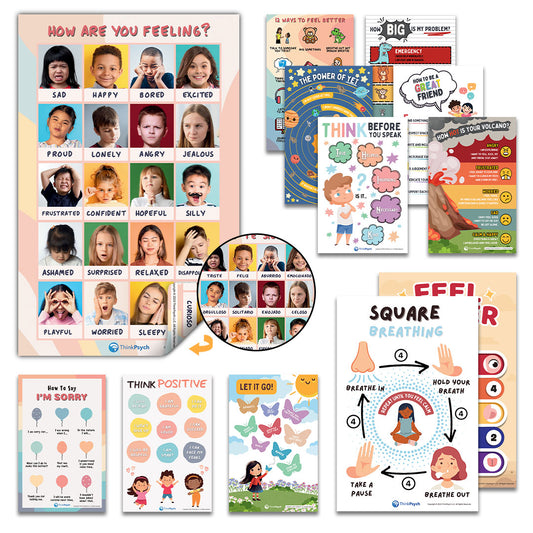

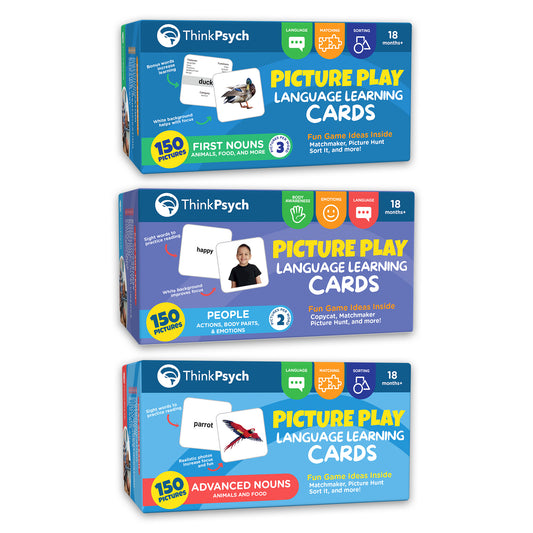

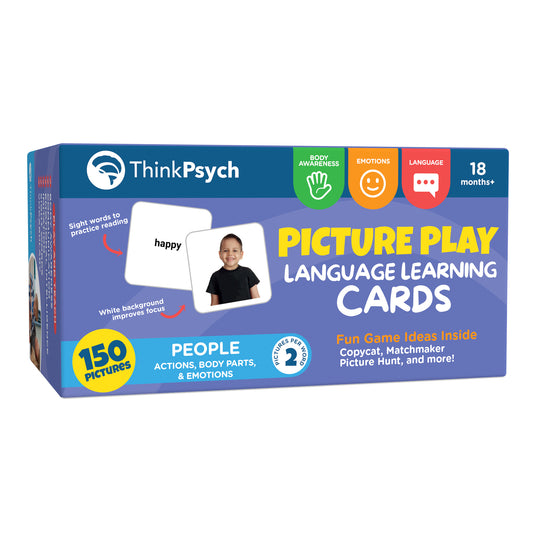

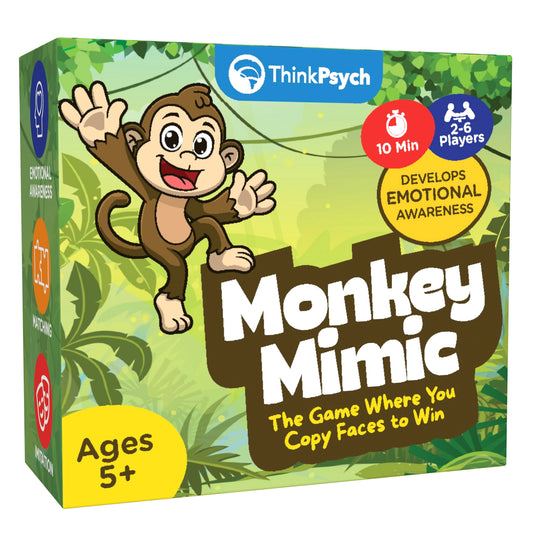

2 comments
Thank you Dr. Kinney! We updated the article to reflect this difference. Thanks for your work in precision teaching!
Hi, Matt! Thanks for showing an image of the SBG (and link to it)! To clear up any confusion, I would like to ensure that your readers don’t mix up the SBG with the SCC. Though the SBG was derived from the SCC, it is in no way affiliated with it (the SCC is the all blue chart that is shown here: https://www.behaviorresearchcompany.com/.)
In my opinion either graph is fine for precision teaching, but would you mind changing the info. on your cite to accurately reflect the difference? For more information on the key differences between the two graphs, please reference the following publication: https://pubmed.ncbi.nlm.nih.gov/32729721/
Thanks again!